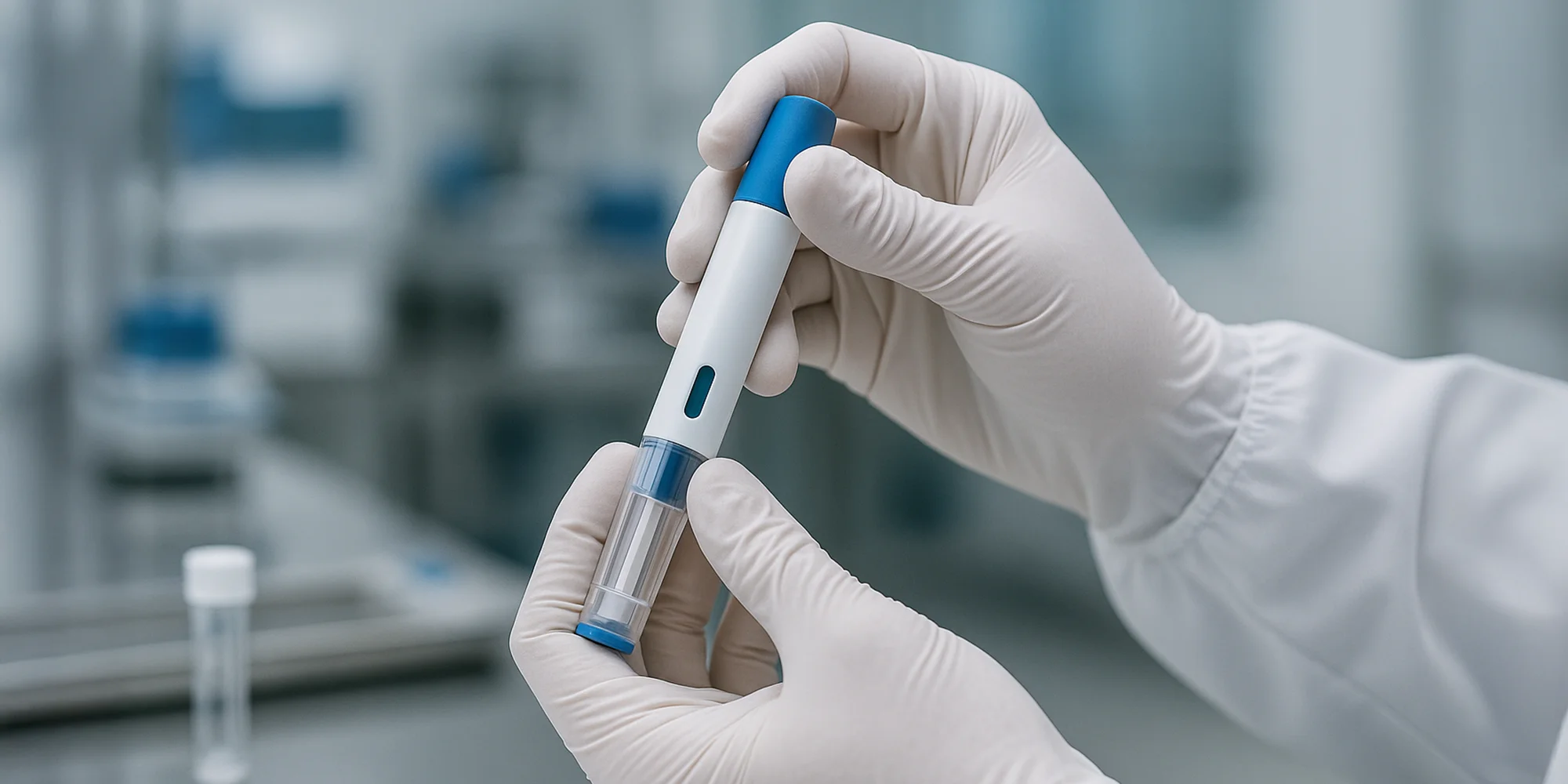The regulatory world of medical devices is undergoing one of the most significant transformations in nearly three decades. The long-standing Quality System Regulation (QSR) from the U.S. Food and Drug Administration (FDA) is to be replaced in Feb 2026 by a modernised Quality Management System Regulation (QMSR).
This change may sound procedural, but for those involved in the design, manufacture, and monitoring of drug delivery devices, it represents a fundamental shift in how quality and safety are approached. More importantly, it offers an opportunity to align with global standards and embed risk-based thinking at the very core of development processes.
From QSR to QMSR: A long-awaited evolution
The QSR, introduced in 1996, has been the cornerstone of FDA device quality oversight for almost 30 years. It has served its purpose well but was developed in an era before many of today’s global quality standards existed.
In contrast, ISO 13485, first published in 1996 and most recently updated in 2016, has become the internationally recognised benchmark for quality management systems in medical devices. Alongside this, ISO 14971, introduced in 2000, provides a robust framework for applying risk management throughout the entire lifecycle of a medical device.
By moving to QMSR, the FDA is aligning far more closely with ISO 13485:2016. This harmonisation reduces duplication, streamlines compliance across multiple geographies, and reflects the globalisation of healthcare innovation.
Risk Management takes centre stage
Perhaps the most striking difference between QSR and QMSR is the role of risk. Under the original QSR, risk was almost an afterthought, mentioned only once in the context of Design Validation. In contrast the new QMSR, which incorporates ISO 13485:2016 by reference, places risk at the centre of the quality system.
This means that every stage of a product’s lifecycle, from design and development through to production, monitoring, and post-market surveillance, must explicitly incorporate risk management. The principles of ISO 14971 will underpin this approach, requiring continuous evaluation, mitigation, and review of risks.
For drug delivery device developers, this is particularly critical. Devices in this category are often used in high-stakes therapeutic settings, where even minor quality issues can have serious clinical consequences. Integrating risk early and consistently can help ensure not just compliance but also improved patient safety and faster regulatory approvals.
Why it matters for drug delivery devices
Drug delivery devices, whether mechanical injectors, electronic pumps, or combination products that integrate drugs and devices, sit at the intersection of engineering and medicine. The transition to QMSR has several implications for this field:
- Global Consistency: Companies developing devices for both U.S. and international markets will benefit from reduced regulatory fragmentation, as QMSR aligns more closely with ISO 13485.
- Design Integration: Risk considerations must not be bolted on at the end of design reviews. Instead, they must be embedded from the earliest concept stages.
- Manufacturing Excellence: Production processes will need to demonstrate proactive risk mitigation, ensuring that potential failures are anticipated and controlled before they reach patients.
- Post-Market Vigilance: Device performance in the real world will need closer monitoring, with risk data feeding back into design and manufacturing improvements.
Preparing for the New Landscape
While the FDA has yet to finalise how it will update its inspection approach, currently guided by the Quality System Inspection Technique (QSIT), it is widely expected that future inspections will place far greater emphasis on risk management. Companies that delay preparation for QMSR may be caught off-guard when the new inspection models are rolled out.
Forward-thinking organisations should see this transition not as a compliance hurdle, but as an opportunity to strengthen their internal culture of quality and innovation. Steps to consider now include:
- Benchmarking Quality Systems: Evaluate current practices against ISO 13485:2016 to identify alignment gaps.
- Embedding Risk Early: Integrate ISO 14971-based risk management into the earliest phases of design and development.
- Training Teams: Equip cross-functional teams, from engineers to regulatory affairs professionals, with the tools and mindset to think “risk-first.”
- Staying Inspection-Ready: Anticipate updates to FDA inspection frameworks and prepare documentation and processes accordingly.
At its heart, the transition to QMSR represents more than just a regulatory update, it reflects a maturing of the global medical device ecosystem. It acknowledges that safety and effectiveness cannot be achieved by checking boxes, but rather by embedding risk-aware quality into every decision and process.
For companies working in drug delivery device development, this is a chance to lead, not follow. Those who act now will be better positioned to navigate regulatory expectations, accelerate approvals, and, most importantly, deliver safer and more effective therapies to patients worldwide.
The FDA’s evolution from QSR to QMSR is not just about keeping pace with international standards; it’s about fostering a culture where risk management and quality are inseparable from innovation.
By proactively adapting, drug delivery device developers can not only ensure compliance but also demonstrate leadership in delivering patient-centric solutions that meet the highest standards of global healthcare.

